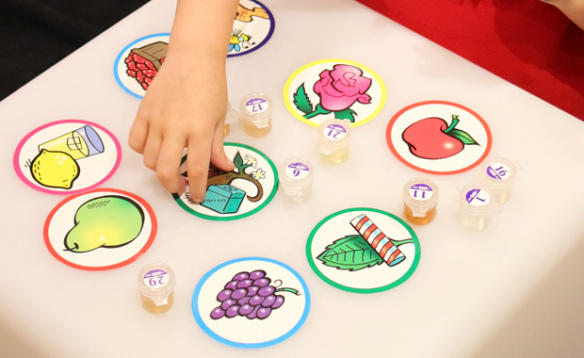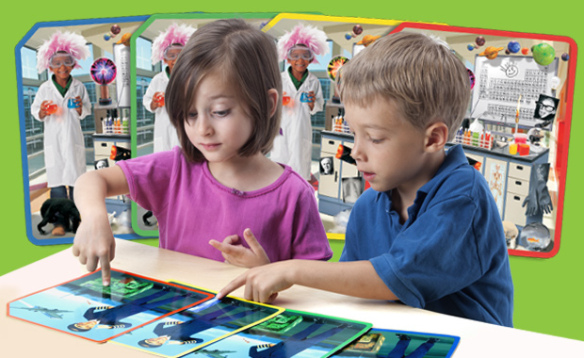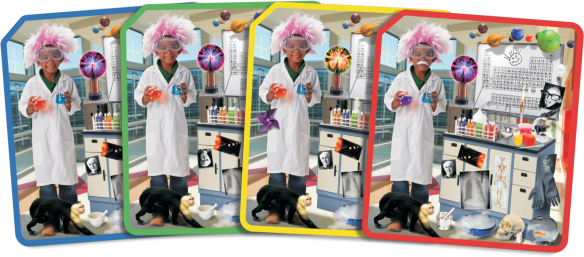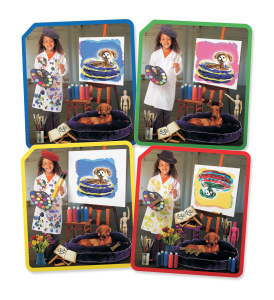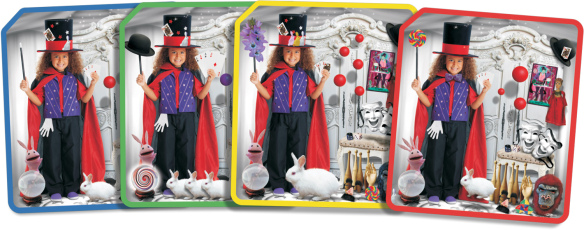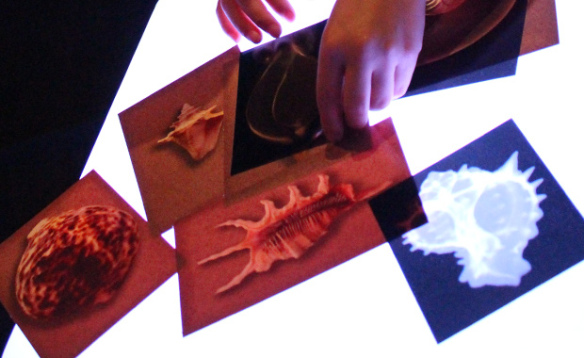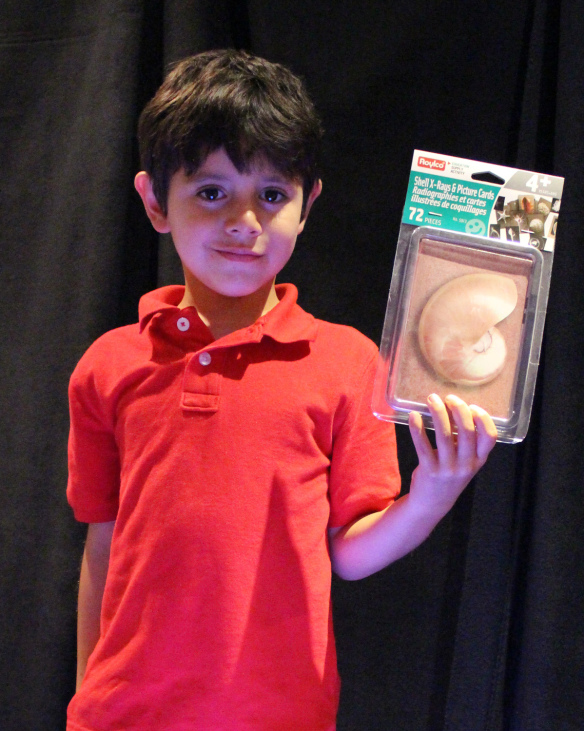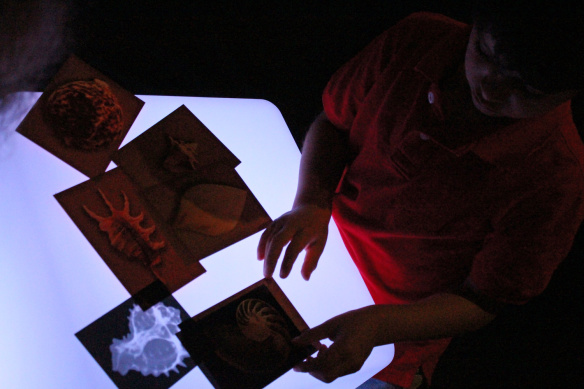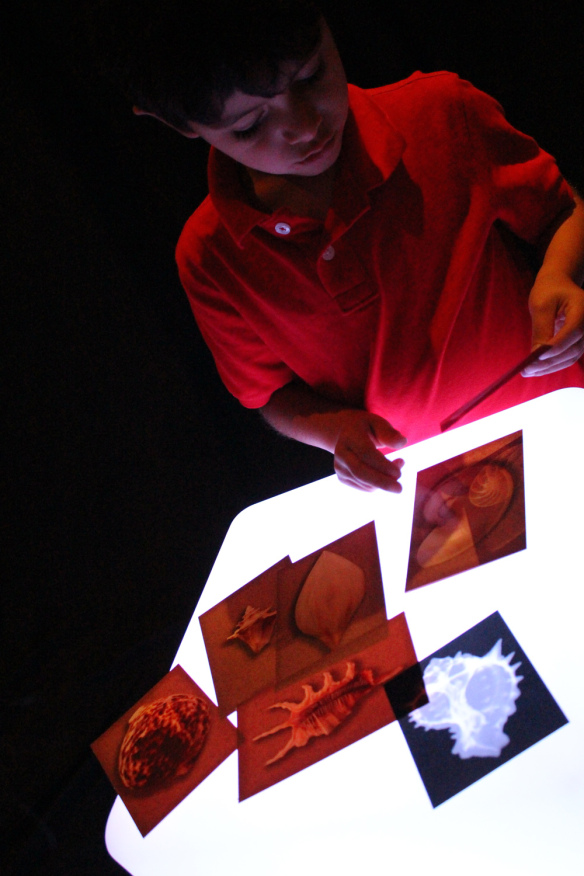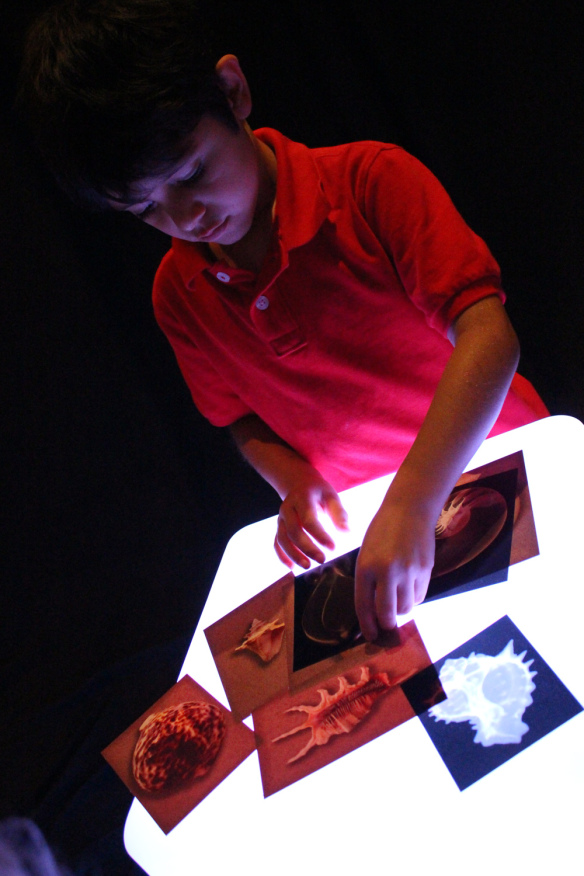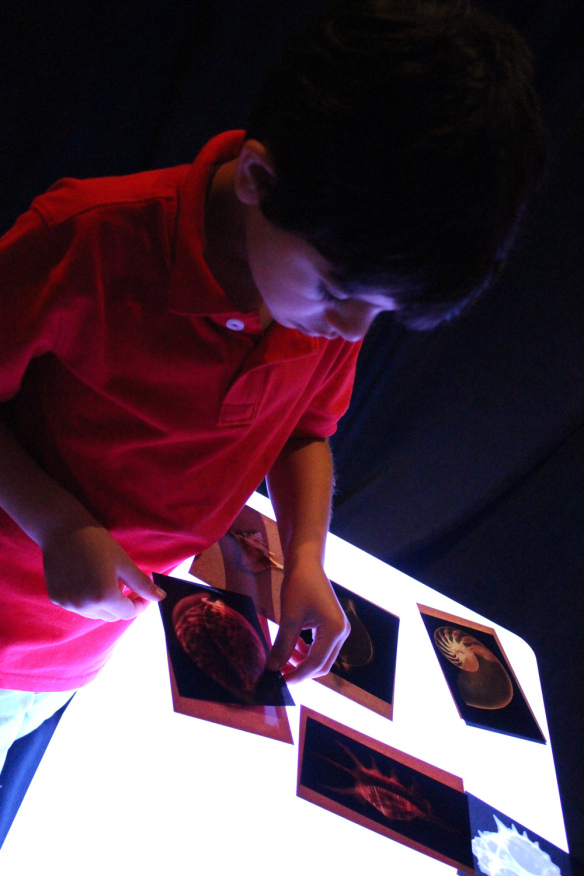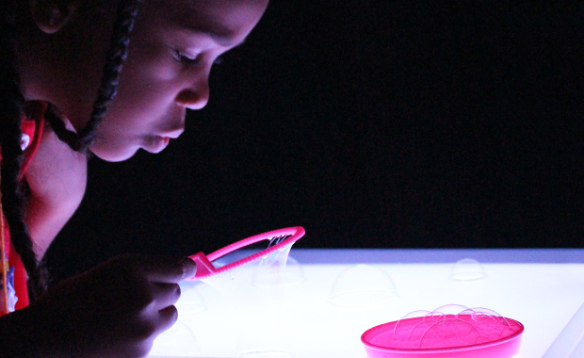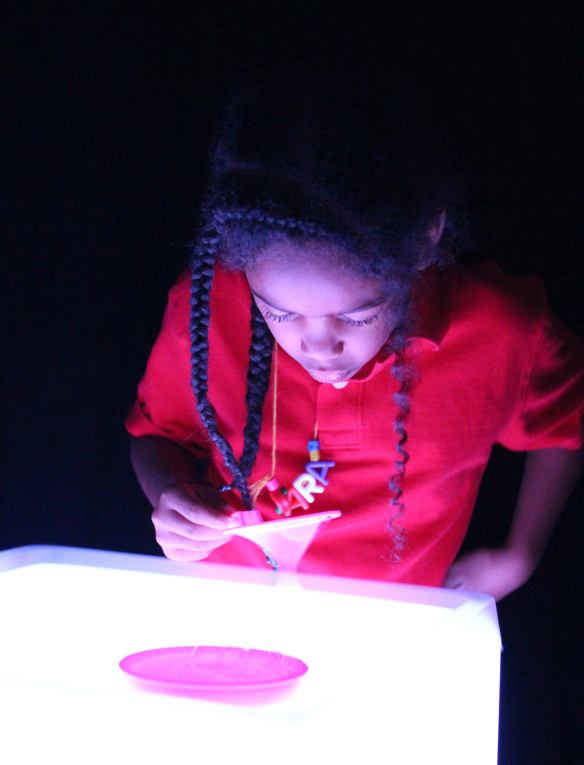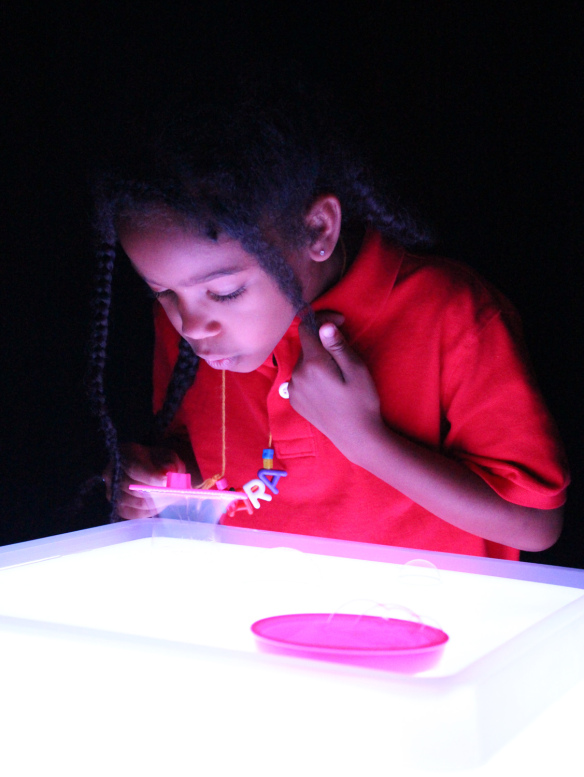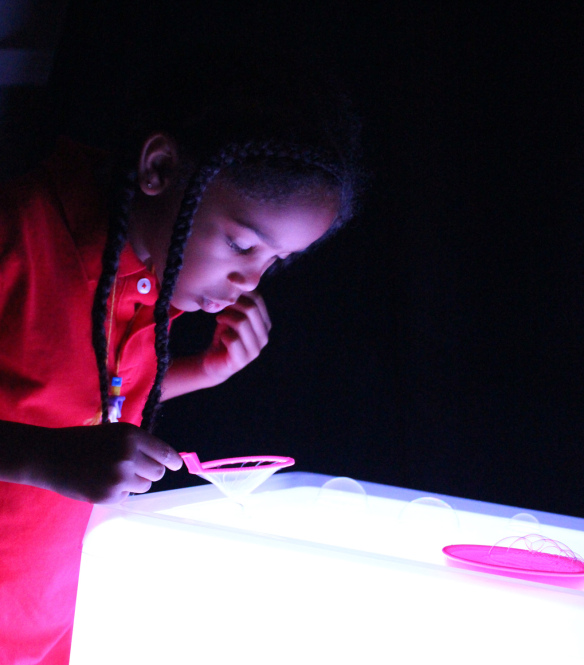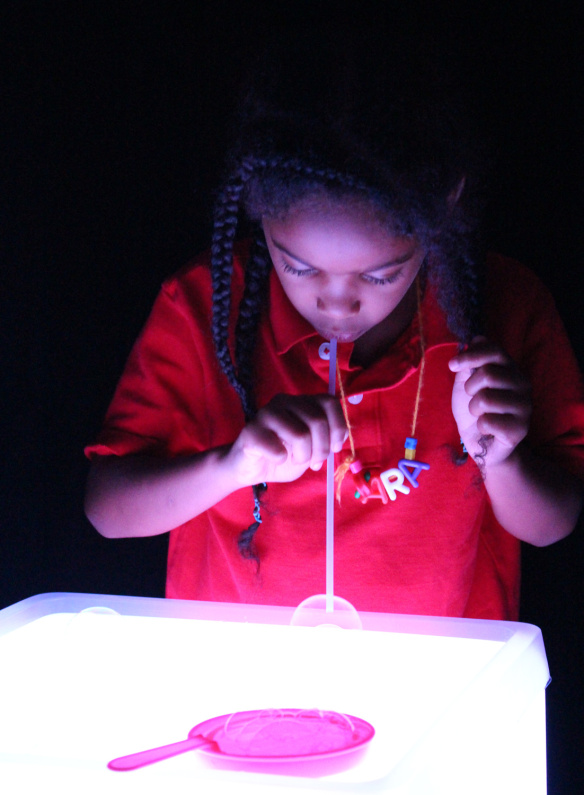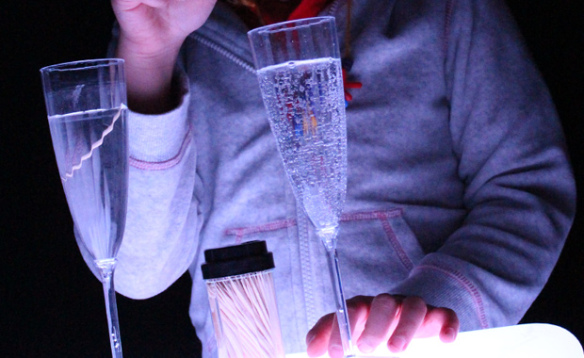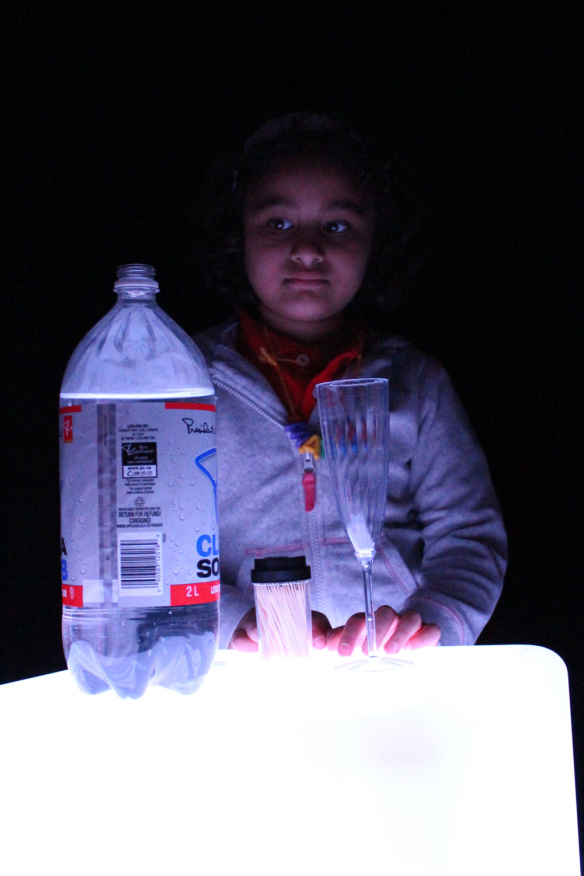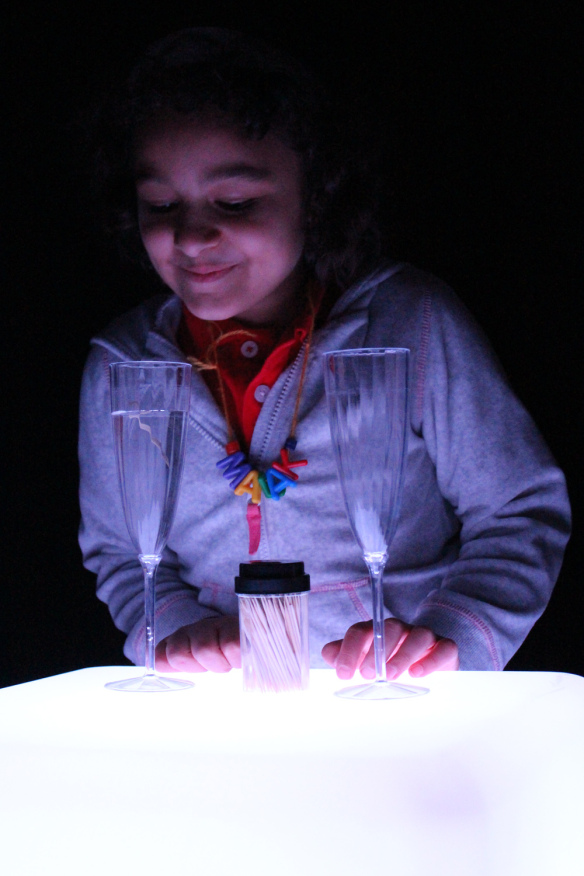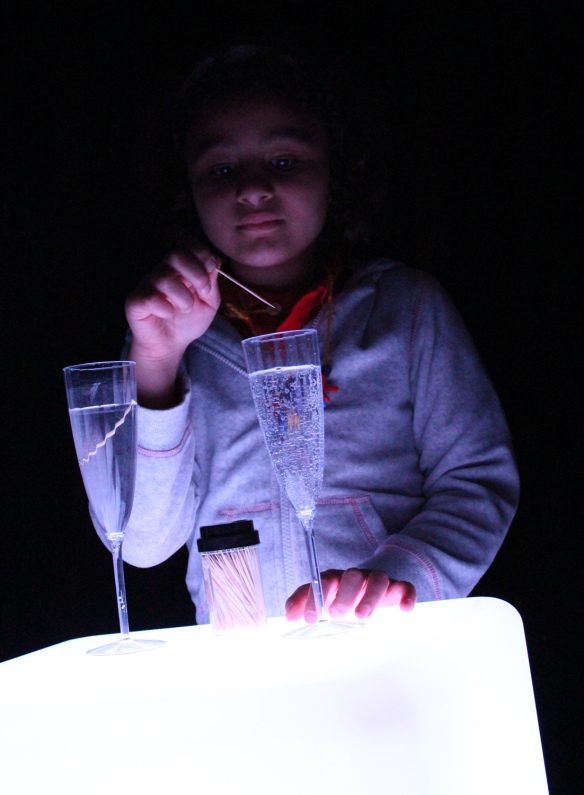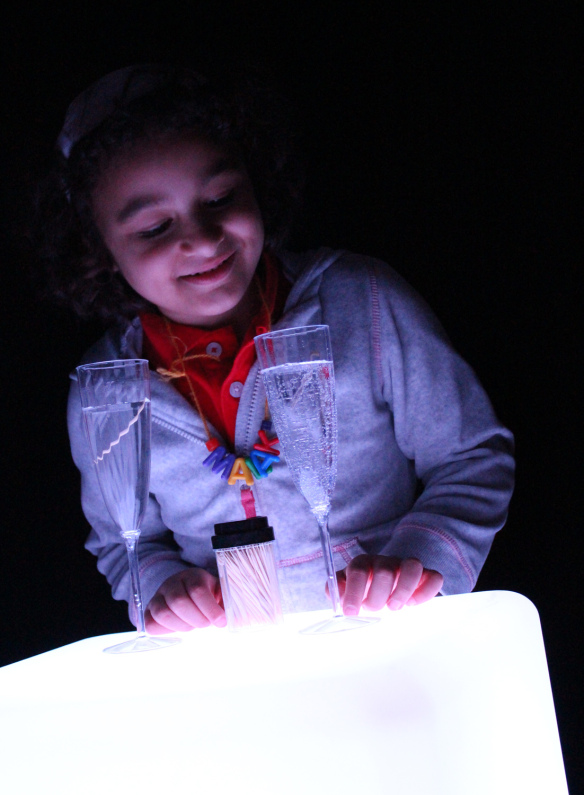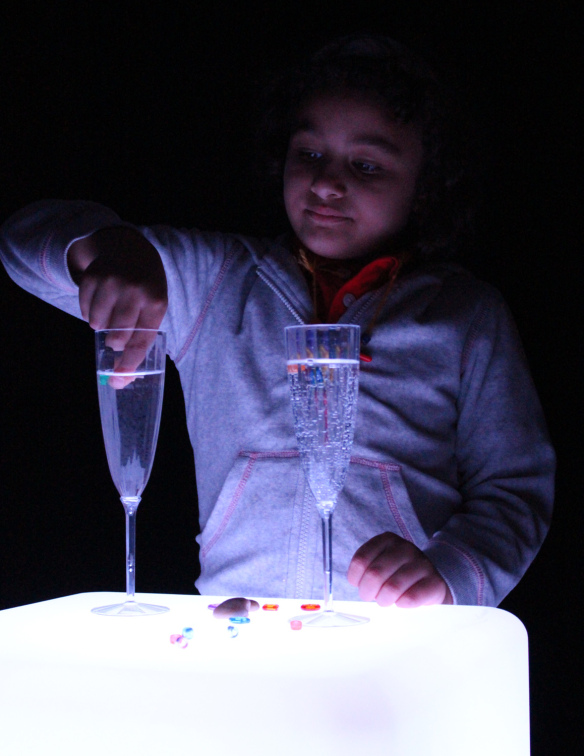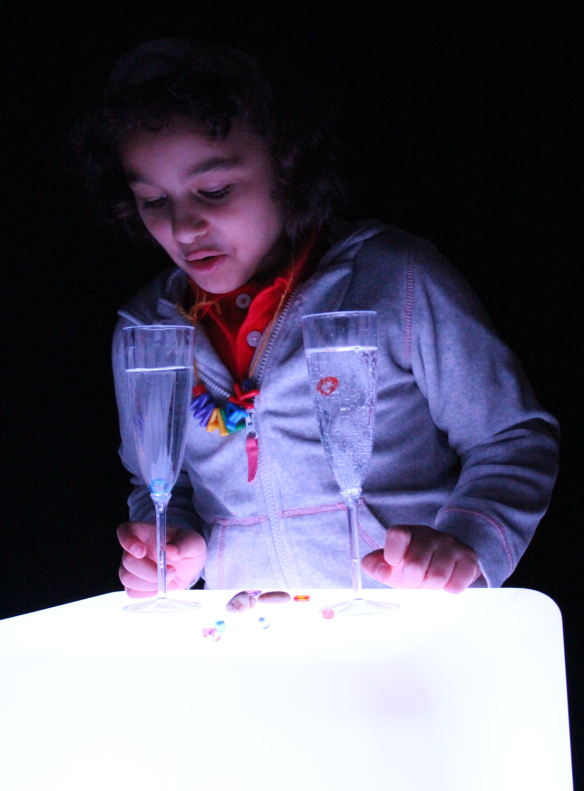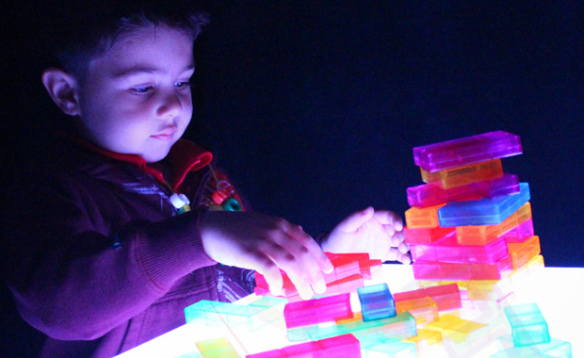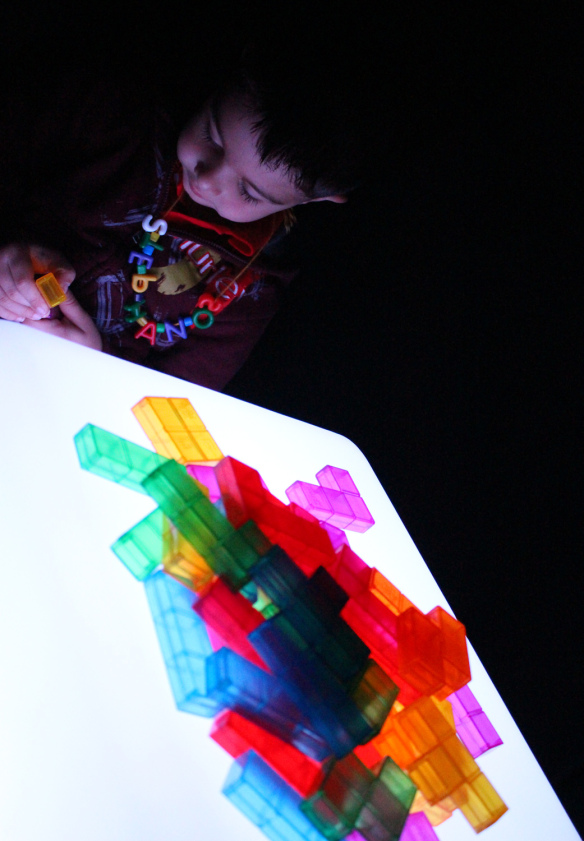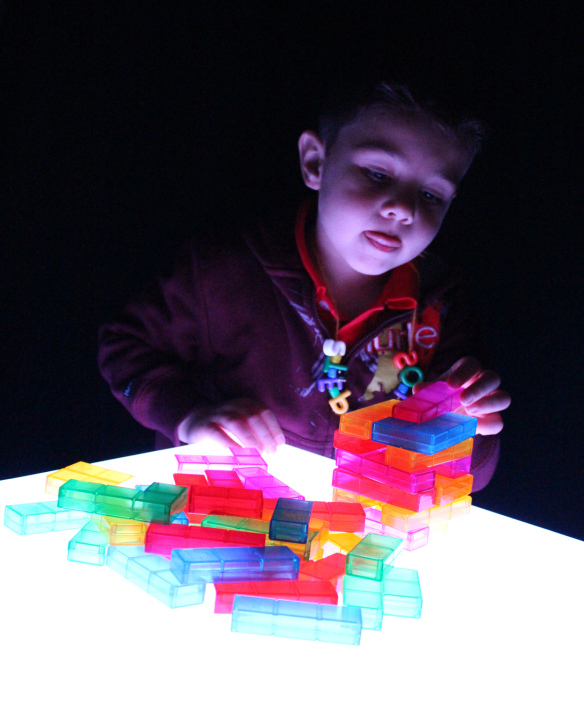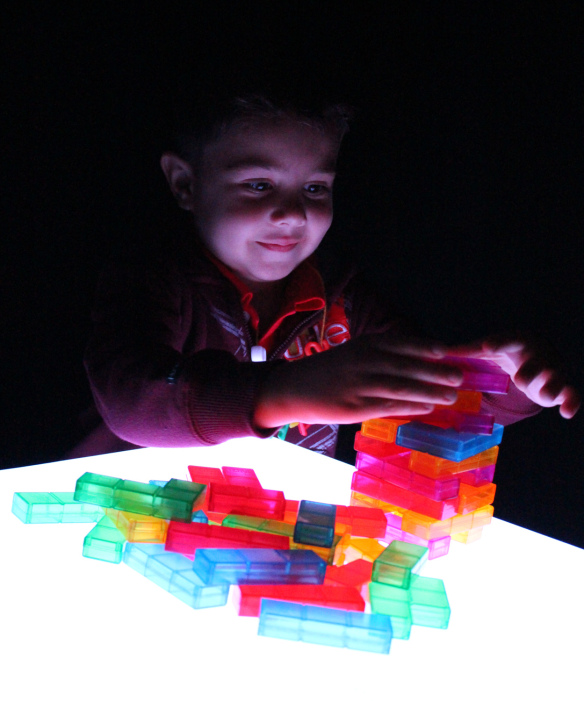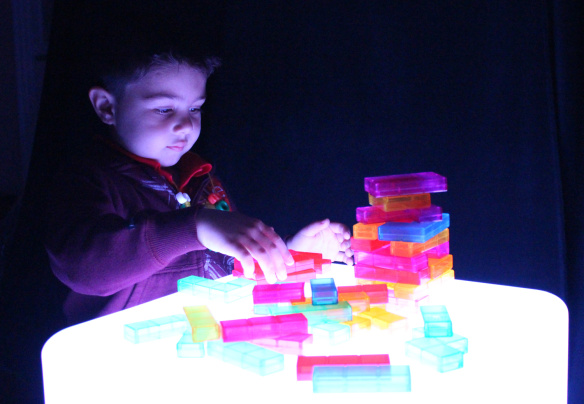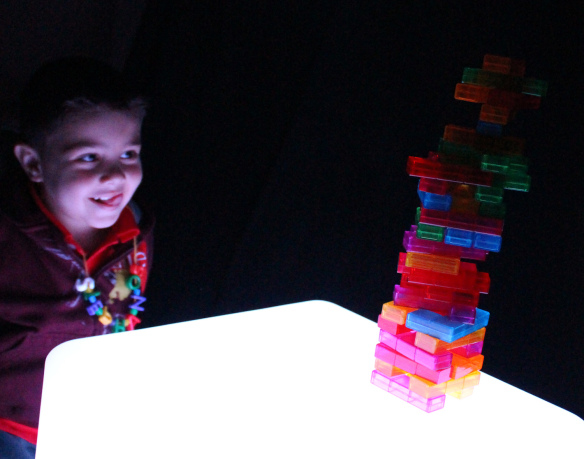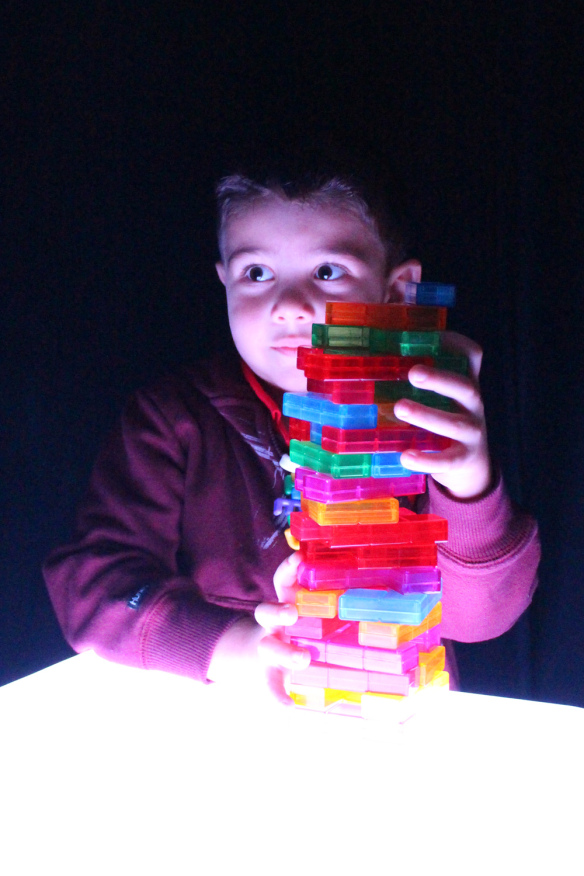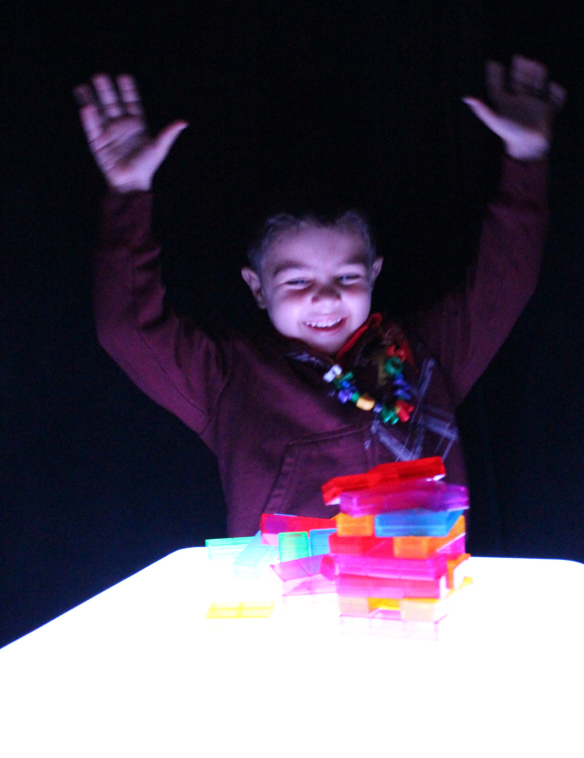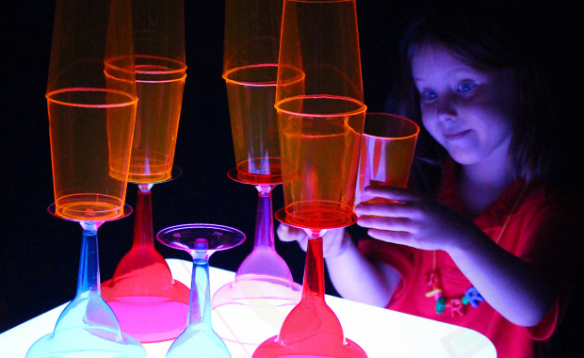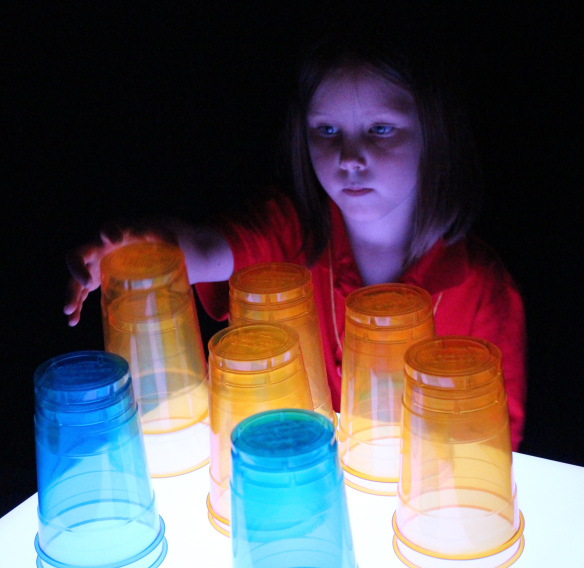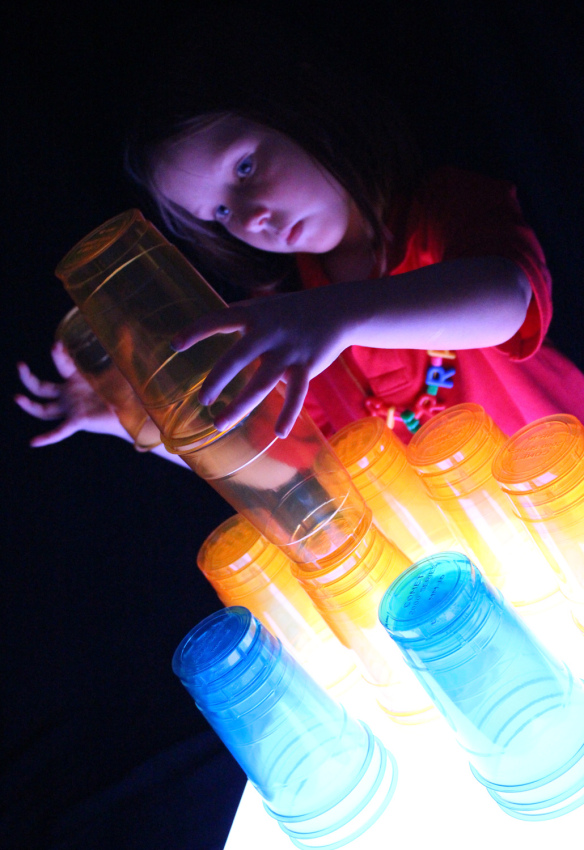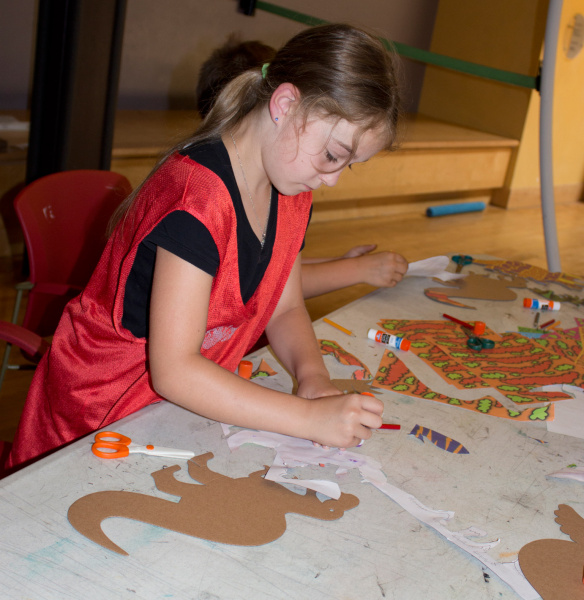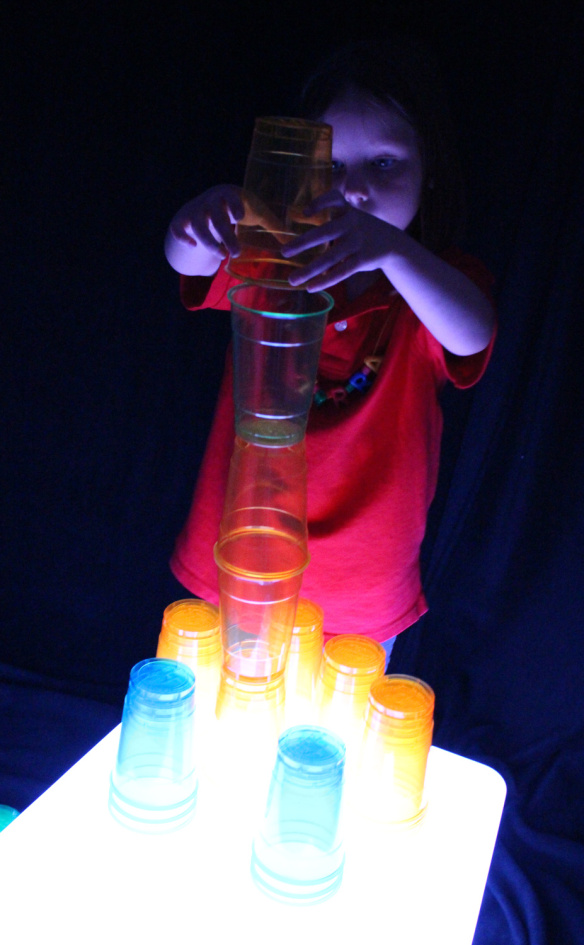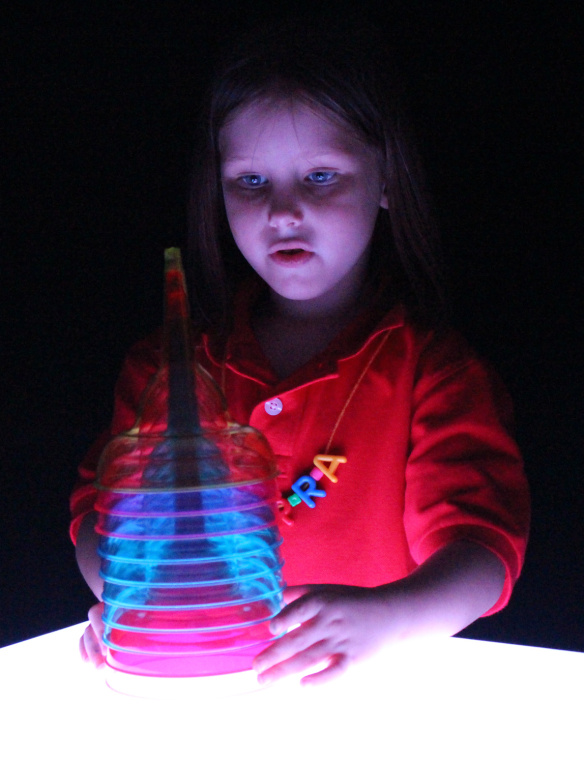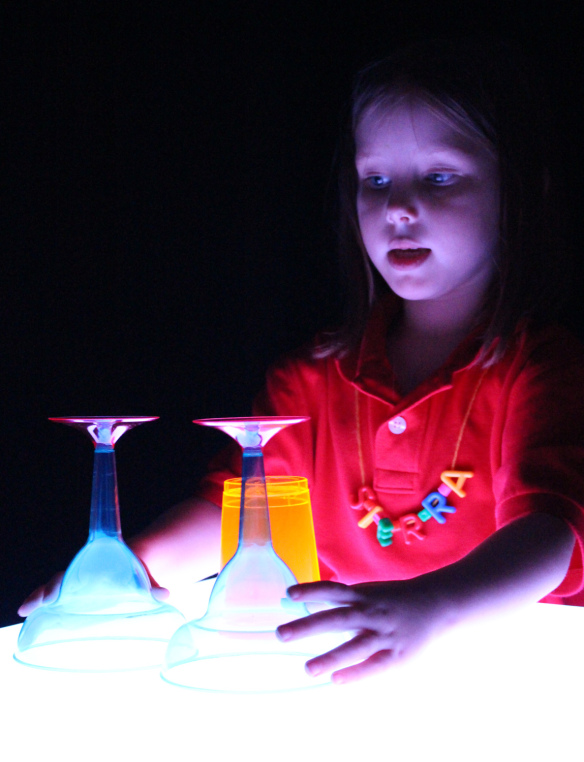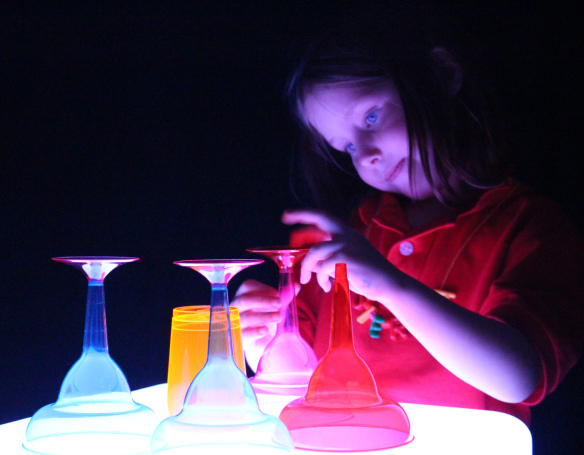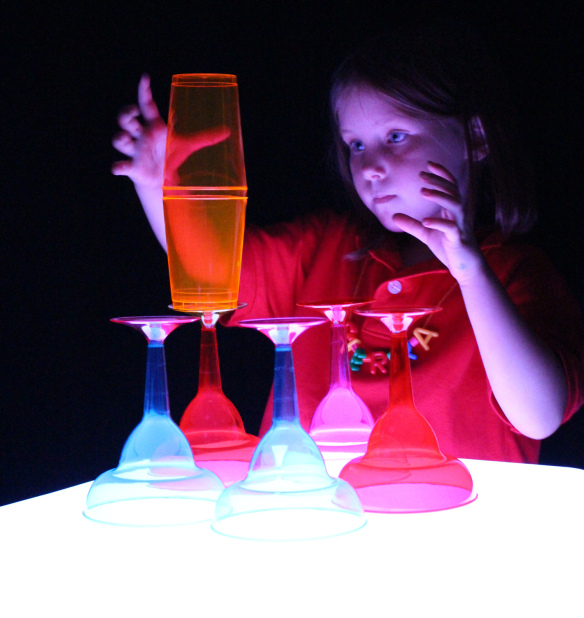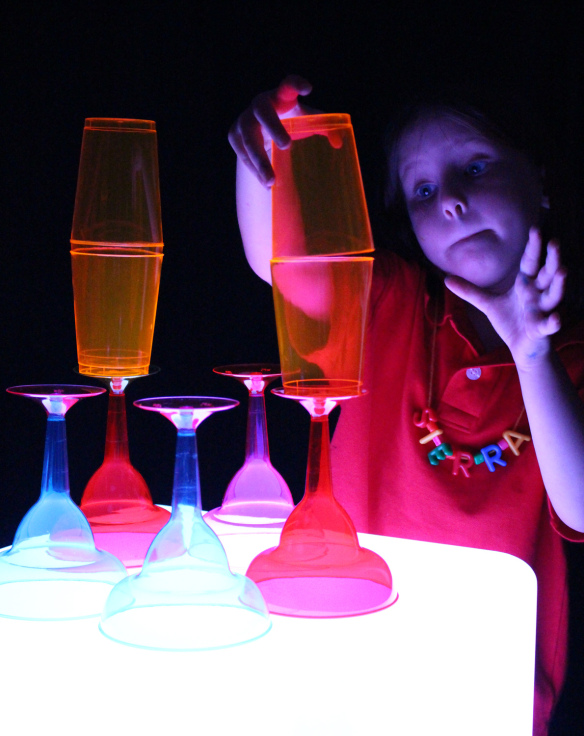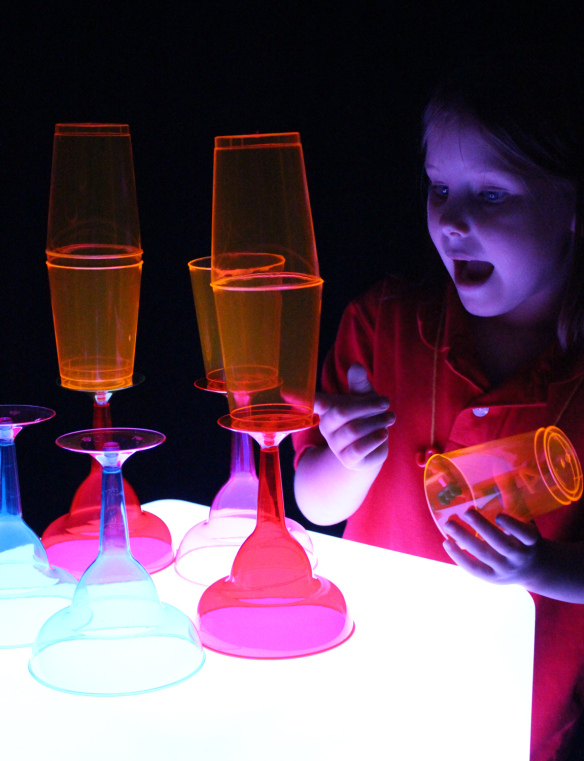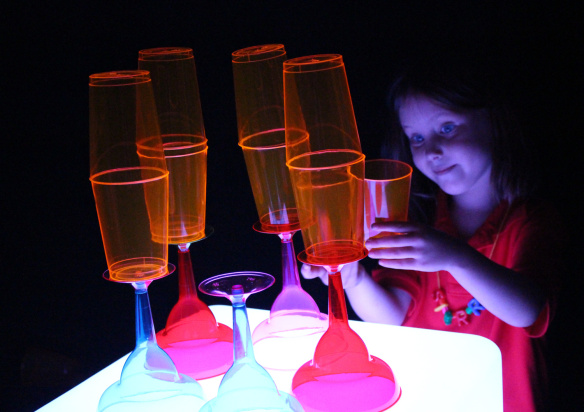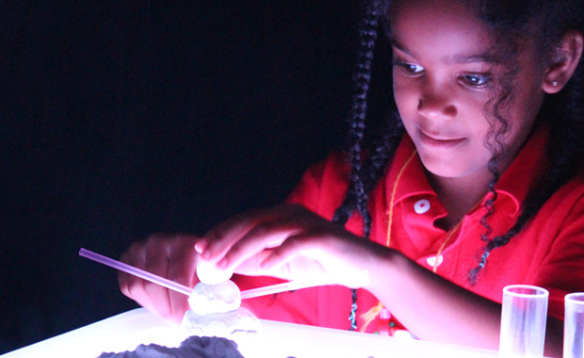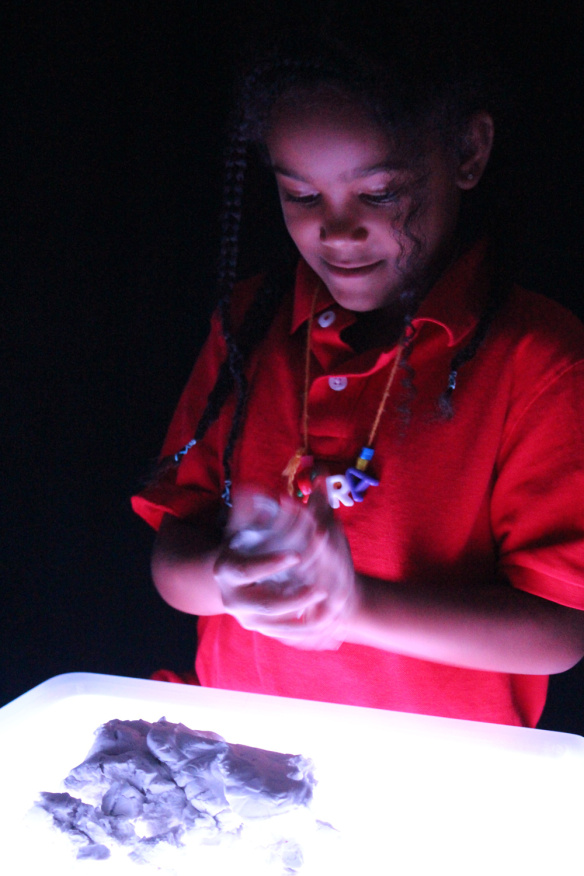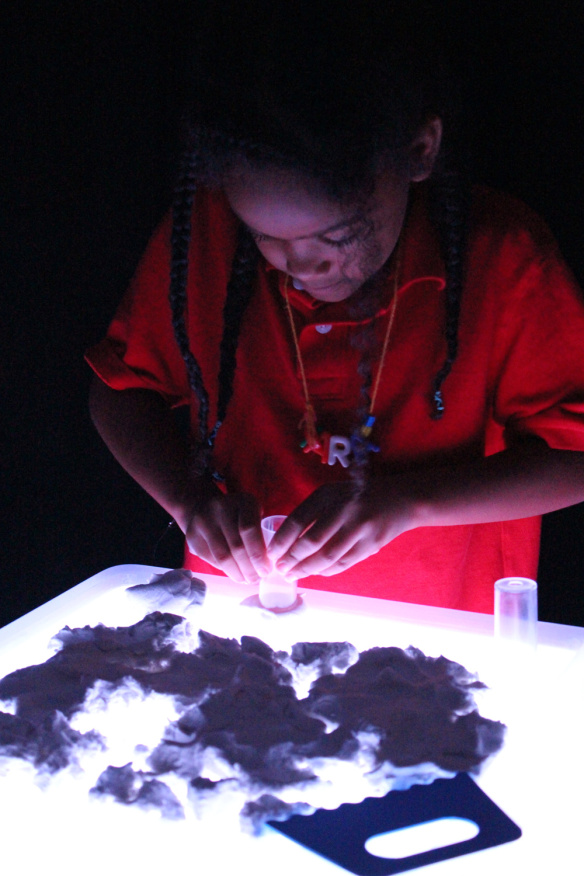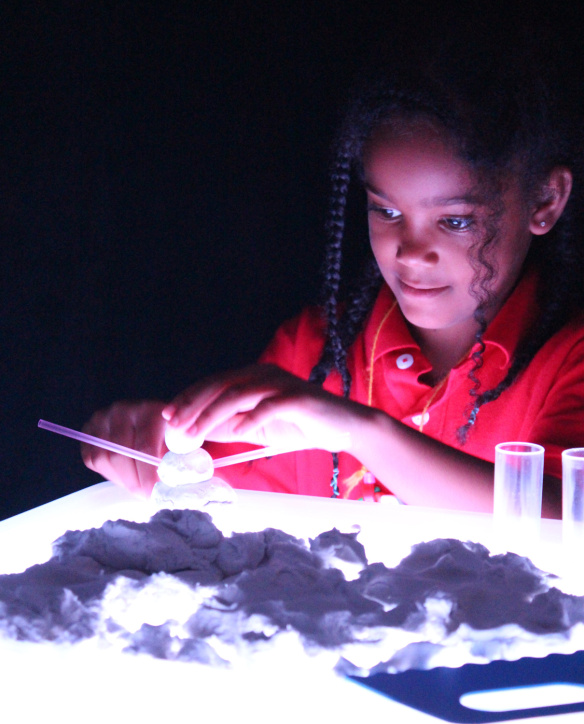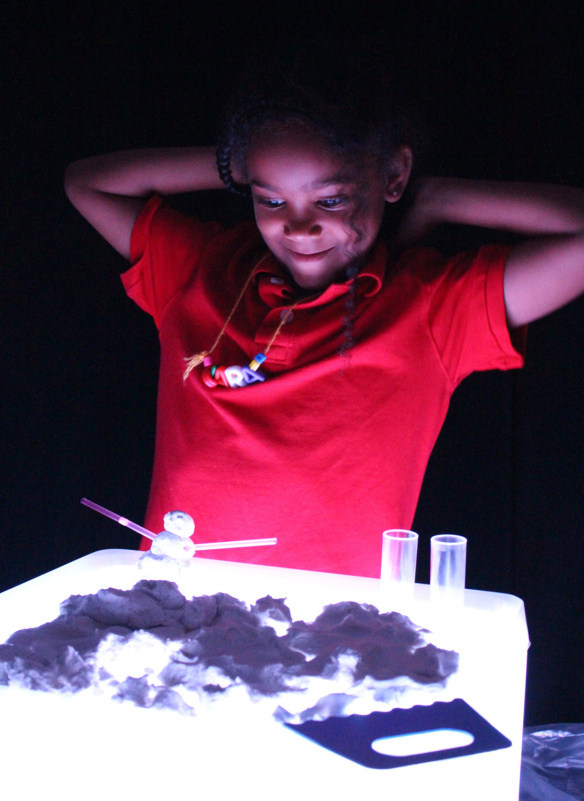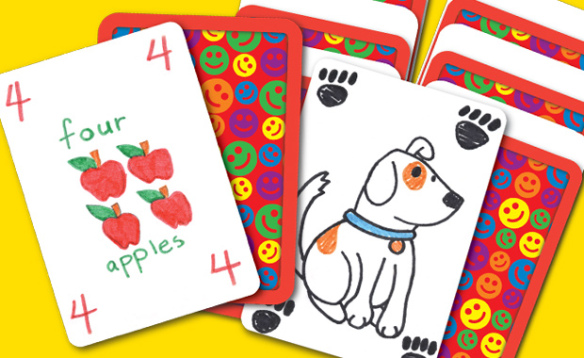
Play memory games, math games, traditional card games and more with our R49623 Dry Erase Blank Playing Cards!
The cards are specially designed to be reusable because of the dry erase surface. Use dry erase markers to write numbers and letters or to draw illustrations. The writings and drawings will easily wipe off with a bit of paper towel or glass cleaner to restart the activity!
There are 60 cards in each pack, giving you enough value and quantity for group gameplay and re-use.
We will list two suggested activities for each type of playing card game based on 2 different subjects: math and literacy. These activities are based on card games that can be played from kindergarten to grade 2. We’ve added alternative suggestions to help challenge older students as well.
MATH
Explore numbers through quantity games and memory matching!
• Pre-K to Kindergarten: Get a set of 10 playing cards. On one set of 5 cards, write each number between 1-5 on separate playing cards. On the second set of 5 cards, repeat the same process. You may draw little shapes or illustrations (such as squares or apples) to correspond with the number written on each card. Take the finished cards and shuffle them together, then place them face-down on a flat surface. Ask a student to pick the first card from the top of the deck, flip it over and say the number on the card out loud. Students can use the visual cues on each card to indicate the quantity. Instruct students to take each card they draw and place them face up onto a flat surface. If the next card they draw is different from the first, they must figure out if the card should be placed before or after the previous card. This will help students understand the placement of numbers along the number line. If they draw a card that’s the same as another card they’ve drawn, they must place the cards on top of the previous card to indicate that the numbers match. The game is over when all the cards have been flipped over and placed in their appropriate areas.
• Grades 1-2: This game is for 2 players, but can be adapted for one. Create 3 sets of 10 playing cards with the numbers 1-10 written on each separate card. Shuffle the cards together and place face down in a deck. Take three more cards and write the addition (+), subtraction (-) and equal sign (=). Choose either addition or subtraction to be the main operation and place it face up in front of the students. Place the card with the equal sign to the right of the operation card. Ask each student to draw 4 cards from the deck. Whoever goes first must draw a ‘wild card’ from the deck and place it to the right of the equal sign. This number is the result that each player must try to match with an appropriate pair of cards from their hand. They can only choose two cards that must either add together or subtract from one another to match the wild card result. If the player cannot match any of the cards in their hand together, they must draw another card from the deck. The player to put down the first correct combination of numbers to match the result gets a point. Place used cards in a discard pile. Once all the cards have been drawn, or if a player has discarded all cards from his or her hand, the game is over. The player with the most amount of points wins!
LITERACY
Students can exercise their knowledge of letters and word combinations using the playing cards!
• Pre-K to Kindergarten: Students in this grade level are just starting to learn about the letters of the alphabet. Write all the uppercase letters of the alphabet on separate playing cards. Write all the lowercase letters of the alphabet on a separate set of playing cards. Combine the set together and separately lay all the cards face down on a flat surface. The objective of the game is to find two matching pairs, the uppercase and lowercase letters. As the students flip over each of the cards, they must call out the name of the letter on the card. This will help students with letter retention. Once they have matched all the upper and lowercase letters together, the game is over!
• Grades 1-2: Students in this grade level are able to put together short words to make simple sentences. To expand on this, write single words onto each of the cards. Use familiar words that your students have learned or are in the process of learning about. Include a variety of words such as nouns, verbs, adjectives, pronouns and articles. Mix up the cards and place them all face up on a flat table. Ask students to pick out a word and form their own sentence around it. Challenge older students to form a complete sentence using only the words on the playing cards! What kinds of cool sentences can you come up with?
You can form your own playing cards that are useful for playing games such as Go Fish, Concentration or Memory… and you never have to worry about how to work your lessons around a specific type of resource.

Like us on Facebook, Share this post with your friends, or Subscribe to this blog today to receive original craft project updates every Monday, Wednesday and Thursday!









